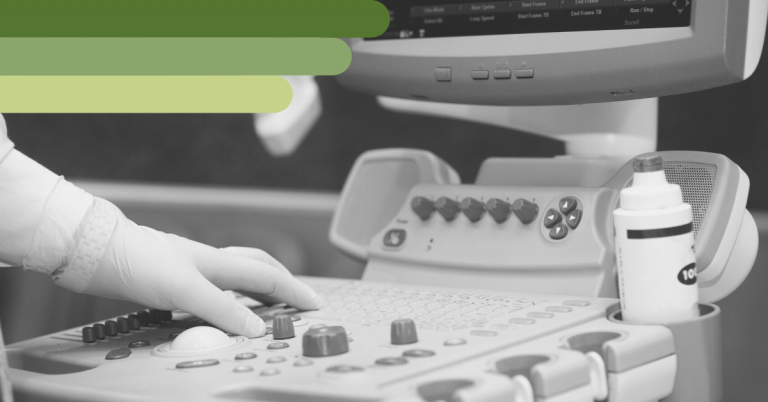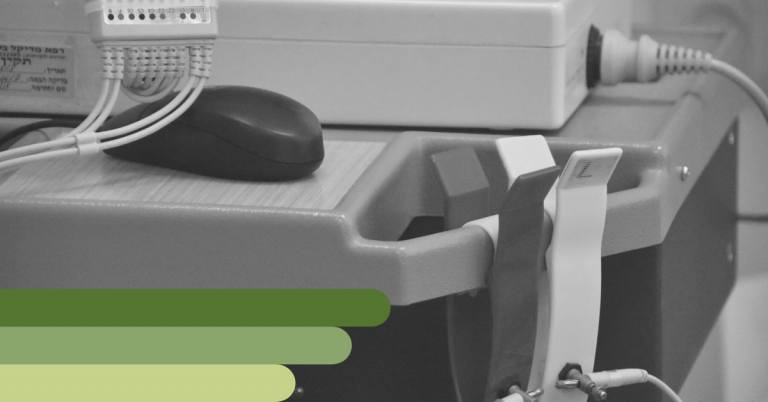Blog
The Real Cost of the Medical Device Reimbursement Process
For medical device manufacturers, a lot is riding on the reimbursement process.
On paper, the medical device reimbursement process seems straightforward: A healthcare provider recommends a medical device or procedure as the most appropriate treatment option for a patient. The patient’s insurance company issues a preapproval if required, then pays the provider for the costs incurred while performing a procedure or administering a treatment using the medical device.
According to a report by Grand View Research, the global medical device reimbursement market size was valued at $374.4 billion in 2020 and is expected to grow approximately 10.8% annually through 2028.
While this is a significant number, the true cost of medical device reimbursement can extend far past the actual monetary reimbursement amount.

Quantifiable Costs of the Medical Device Reimbursement Process
Time
In some cases, there may be an extended wait time before the insurance company makes a reimbursement decision. Patients and their advocates sometimes wait 90 days for an answer about preapproval and/or reimbursement. In other cases, there is uncertainty about whether reimbursement will be approved at all.
Resources
The preapproval and reimbursement process for medical devices involves many moving parts, and a significant amount of manpower.
Enterprise medical device manufacturers must hire dedicated internal staff members to manage patient access, including assisting with the reimbursement process, tracking or enquiring about the status of the reimbursement, providing support and information to patients, providers, and payers, and appealing decisions in the case of denials.
Smaller medical device companies may need to outsource these tasks to an external company that specializes in medical device reimbursement, such as PRIA Healthcare.
And then there are the unseen or underlying costs, difficult to assign a dollar amount to but still costly.

Intangible Costs of the Medical Device Reimbursement Process
Patient Quality of Life
A patient waiting to receive a medical procedure or treatment in most cases needs that procedure or treatment to improve or prolong their lives, and waiting for approval can cause undue stress, both physically and mentally.
In cases where the needed care is urgent, the patient faces the potential for a downward spiral of medical consequences as they wait to receive what could be a live-saving procedure.
Impact of Negative Coverage Decisions
If coverage is denied, there is a negative ripple effect for patients, providers, and medical device manufacturers alike. Providers may be prevented from using the latest technology, patients may not get access to the most advanced care options, and medical device companies could make decisions that affect future investments in product development and new technology.
With so much riding on the medical device reimbursement process, it becomes necessary to allocate the appropriate resources to ensure the preapproval and reimbursement process is as smooth and problem-free as possible. New medical technology can save lives, but the device is only one part of the puzzle. Without a strong and efficient reimbursement process, devices may be prevented from widespread market adoption and all that potential may go unrealized.
Looking to commercialize your medical device? Contact PRIA Healthcare for help!
Everything we do, we do to convince payers to cover your medical device.
Call us directly at 860.932.2060 or submit a contact form, and we will get back to you as soon as possible.
